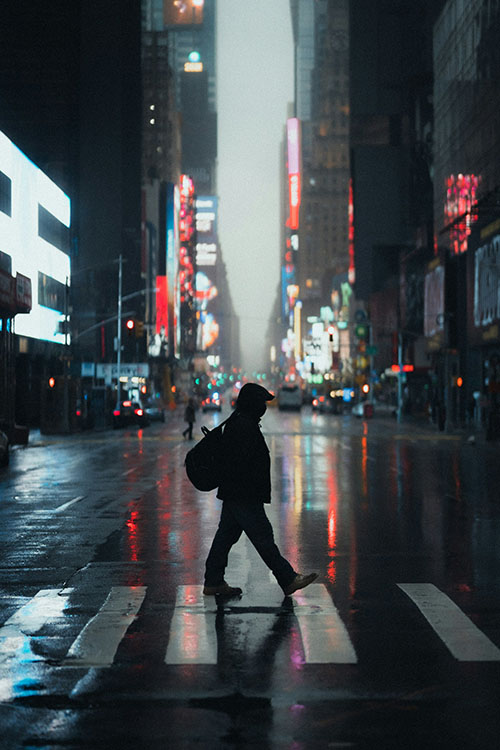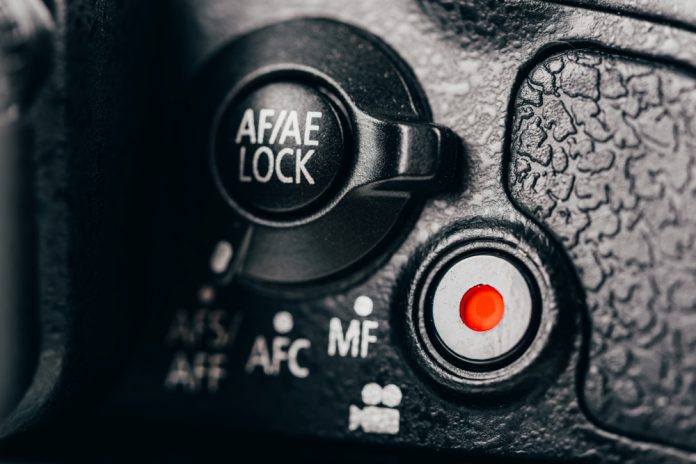Every camera is packed with features that promise to make photography easier, but some of the most useful ones are also the most overlooked. Two of those hidden gems are AE lock and AF lock. Understanding how these functions work can transform the way you shoot, especially when dealing with tricky lighting or off-center subjects. Once you learn how to use them, you’ll quickly realize they’re among the best tools for getting consistent, professional-looking results straight out of camera.
In this article, we’ll break down what AE lock and AF lock actually do, when to use them, and how they give you greater control over exposure and focus. Whether you shoot portraits, landscapes, or street photography, these tools will help you stop fighting your camera’s automatic settings and start shooting with confidence.
Table of Contents
- What is AE Lock?
- When to Use AE Lock
- What is AF Lock?
- How AF Lock Improves Your Photography
- Bringing It All Together
- FAQ
What is AE Lock?
AE lock, short for Auto Exposure Lock, is a feature that freezes your camera’s exposure settings. When you press the AE lock button, your camera keeps the current aperture, shutter speed, and ISO values, even if you move your camera or recompose your shot. Essentially, AE lock tells your camera, “Don’t change the exposure—keep it exactly how I set it.”
This feature is incredibly handy when you’re shooting in scenes where lighting changes dramatically across the frame. For example, if you’re photographing someone standing in front of a bright window, your camera might expose for the background instead of the subject’s face. By using AE lock, you can meter the light on your subject’s face, lock that exposure, and then recompose your shot without the camera recalculating exposure based on the brighter background.
AE lock is also useful for shooting in changing light conditions, like sunsets or concerts, where you want your exposure to remain consistent from shot to shot. It allows you to work more deliberately, especially when you prefer manual-like control without fully switching out of an automatic or semi-automatic mode.
Personally, I’ve found AE lock especially valuable when shooting outdoor portraits or travel photos in high-contrast environments. It eliminates the frustration of constantly having the exposure shift when recomposing. Once you get in the habit of using AE lock, it becomes second nature—and you’ll wonder how you ever managed without it.
When to Use AE Lock

Photo by Andrey Arkusha via Shutterstock
Knowing when to use AE lock comes down to understanding how your camera meters light. Most cameras measure brightness based on what’s in the frame at the moment you half-press the shutter. If you move the camera slightly, the metering can change, and so can your exposure. AE lock prevents this by keeping the exposure constant after you’ve locked it in.
Use AE lock when your subject is in uneven lighting—say, standing under a tree while the background is brightly lit. Meter off your subject, press AE lock, then recompose and shoot. Your subject will be properly exposed, and you won’t end up with a dark, underexposed face.
Another great use case is for panoramic shots. When stitching multiple photos together later, having consistent exposure across each frame makes editing far easier. Locking your exposure ensures each image blends seamlessly into the next.
In short, AE lock gives you consistency and predictability in situations where your camera’s auto settings might otherwise get confused. Once you start relying on AE lock, you gain more control—and confidence—over how your photos turn out.
What is AF Lock?

Photo by bbernard via Shutterstock
AF lock, or Auto Focus Lock, does for focus what AE lock does for exposure. It allows you to lock your focus point so that your camera doesn’t refocus if you recompose your shot. This is particularly useful when your subject isn’t centered, which is common in portrait and landscape photography.
Imagine photographing a person standing slightly to the left of your frame. You focus on their eyes, then move the camera to recompose the shot. Without AF lock, your camera might decide to refocus on the background instead, throwing your subject out of focus. By engaging AF lock, you ensure that your focus stays locked on your subject, no matter how you adjust your framing.
AF lock also comes in handy in situations where your camera might struggle to find the right focus point—like when shooting through objects such as fences, glass, or foliage. Locking focus on your intended subject prevents the autofocus from shifting to something unintended in the foreground or background.
Many photographers combine AF lock with a technique called back-button focusing, where focusing is separated from the shutter button entirely. This setup lets you control when and how your camera focuses, which can make your shooting process faster and more intuitive once you get used to it.
How AF Lock Improves Your Photography

Photo by Lerone Pieters on Unsplash (license)
AF lock isn’t just about preventing focus mistakes—it’s about creative freedom. When you lock focus, you’re free to move your camera to achieve a better composition without worrying that your subject will slip out of focus. This is especially useful for portrait photography, where precise focus on the eyes can make or break a shot.
It’s also invaluable for candid or street photography. If you anticipate your subject moving into a specific area of the frame, you can pre-focus, lock it, and wait for the perfect moment. You’ll be ready to capture the action instantly without hunting for focus.
Over time, using AF lock trains your eye and your reflexes. You begin to see the frame differently—thinking ahead about focus and composition rather than letting the camera make those choices for you. The result? Sharper, more deliberate images that reflect your creative intent rather than your camera’s automation.
Once you master both AE lock and AF lock, you’ll notice your workflow feels smoother. Your camera stops fighting you, and you start working together to create exactly the image you envisioned.
Bringing It All Together

Photo by Wonderful Nature via Shutterstock
AE lock and AF lock may sound technical, but in practice, they’re two of the simplest tools to master. AE lock helps you maintain consistent exposure when recomposing or shooting in tricky lighting, while AF lock ensures your subject stays tack-sharp even if they’re not in the center of the frame. Together, they give you more creative control and help you move from letting the camera decide everything to confidently making those decisions yourself.
Start experimenting with both. Try AE lock the next time you shoot a backlit portrait or a sunset, and see how much more balanced your exposure becomes. Use AF lock when you’re photographing someone off-center or shooting through obstacles. The more you practice, the more intuitive it feels—and soon, these two buttons will become part of your natural shooting rhythm.
Photography is all about control and creativity, and AE lock and AF lock give you both. Once you get comfortable using them, you’ll take another big step toward mastering your camera and capturing photos that look exactly the way you intended.
FAQ
What does AE lock stand for?
AE lock stands for Auto Exposure Lock. It freezes your current exposure settings so they don’t change when you recompose or shift your framing.
Can I use AE lock in manual mode?
In full manual mode, AE lock isn’t necessary because you’re already setting your exposure manually. AE lock is most useful in semi-automatic modes like aperture or shutter priority.
What’s the difference between AE lock and exposure compensation?
AE lock holds your current exposure settings, while exposure compensation tells your camera to adjust the exposure up or down from what it thinks is correct. You can even use both together for more control.
How do I activate AE lock and AF lock on my camera?
The process varies by brand. On most cameras, AE lock and AF lock are assigned to a specific button labeled “AE-L” or “AF-L.” Many cameras also allow you to customize which button controls each function.
Can I use AE lock and AF lock at the same time?
Yes, you can. Lock your exposure with AE lock, then lock your focus with AF lock before recomposing. This gives you complete control over both light and sharpness in your image.
Heads up: Clicking on our affiliate links and exploring our sponsored content helps us at no extra cost to you, and we only recommend gear we’re absolutely crazy about!
Learn More:
- How to Focus Your Camera Properly
- Mastering Exposure Compensation: A Beginner’s Guide to Better Photos
Hero photo by adu Bercan via Shutterstock

